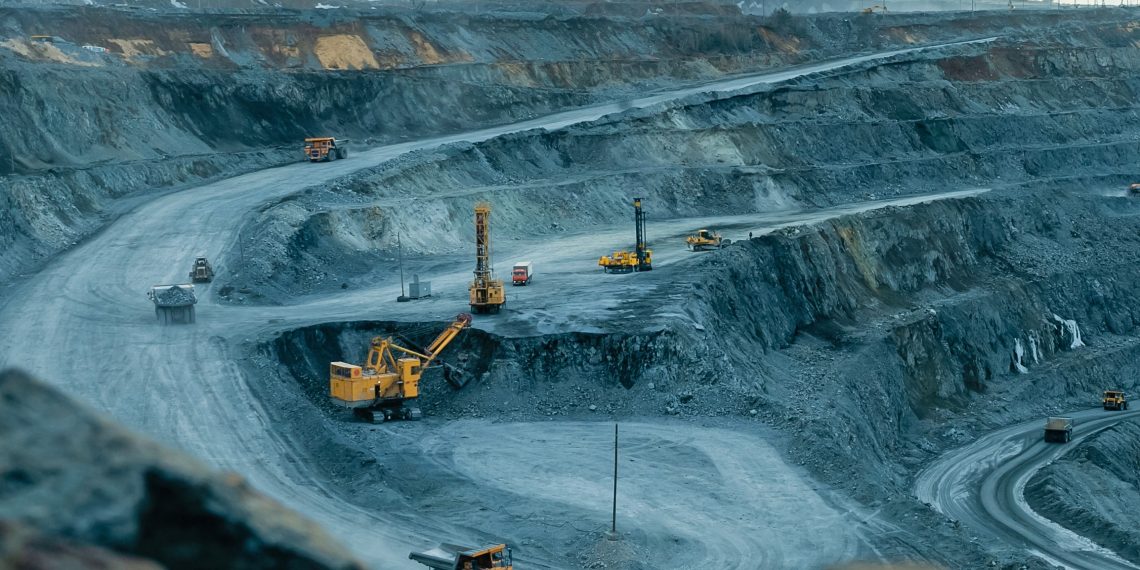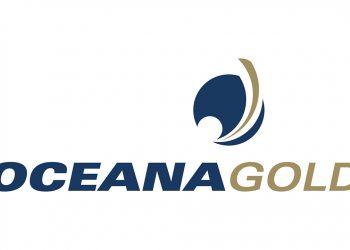The Mines and Geosciences Bureau (MGB) of the Department of Environment and Natural Resources (DENR) reported a 9.41 percent increase in the Philippine metallic mineral production value from H1 2018 to H1 2019.
Nickel, together with its nickel-cobalt sulfide and scandium oxalate by-products, accounted for 44 percent of the total production value followed by gold that accounted for 39 percent and copper that accounted for 16 percent. The remaining 1 percent accounted for the production of other metallic minerals such as silver and chromite.
Despite the significant rise in the production value of the said minerals, there was no reported production of iron ore during this period.
The documented production of scandium oxalate by the Taganito HPAL Nickel Corporation (THPAL) was considered as a first in the history of Philippine mining after producing 6,752 dry-kg of scandium oxalate with an estimated value of PhP19 billion in H1 2019.
According to THPAL “scandium is the lightest, rare earth element in the periodic table which has critical utilization areas such as the aerospace industry, solid oxide fuel cells, electronics industry and is also used in metallurgical applications. It is generally produced as a co-product of a metallurgical process in THPAL.”
Mainly produced by the Rio Tuba Nickel Mining Corporation (RTNMC) and the Taganito Mining Corporation (TMC), the production of nickel ore increased by 35 percent accounting for 11,306,982 dry-metric tons and amounting to PhP12.24 billion in H1 2019. A 2 percent increase in the production of mixed nickel-cobalt sulfide that amounted to a PhP2.79 billion increase from H1 2018 to H1 2019 was also documented by the MGB.
The production of precious metals, such as gold and silver, increased by 6 percent and 7 percent respectively. The top players for the production of the yellow metal include the Philippine Gold Processing & Refining Corporation (PGPRC), OceanaGold Philippines, Inc. (OGPI), and Mindanao Mineral Processing and Refining Corporation. The Apex Mining Company, on the other hand, was reported to consistently have the highest production for the white metal, accounting for 28 percent of the total silver production followed by the OGPI with 20 percent and the PGPRC with 17 percent.
Copper production increased by 14 percent with the Toledo Copper Orientations, located in Cebu, contributing to at most 58 percent of the total copper production. Other copper producers were the Padcal Copper Gold Project of the Philex Mining Corporation, the Didipio Copper-Gold Project of the OceanaGold Philippines, Inc., the Toledo Copper Operations of the Carmen Copper Corporation, and the Quartz-Pyrite-Gold Project of the Lepanto Consolidated Mining Corporation.
Despite the tremendous increase and significant improvement in the production of the said metallic minerals, price values remained flat. It was documented that there was a US$10.97 decline in the price of gold and silver from H1 2018 to H1 2019.
Similarly price values of base metals, such as copper and nickel, declined by 10.83 percent and 11.13 percent respectively. The price value of copper declined from US$6,913.34 to US$6,164.74 per ton year-on-year. The price value of nickel, on the other hand, dropped from US$13,858.78 to US$12,316.06 per ton year-on-year.
Despite the reported drop in prices, market analysts remain positive and expect price value to improve as the remaining quarters unfold. This foresight was motivated by the expected economic growth and, consequently, the expected increase in demand from China.
Moreover, analysts say that the possible disruptions in the operations for nickel production, together with the growing demand for electronic vehicles, will push for the increase in market value.
A major development in the nickel ore market that is expected to bring about a low-supply-high-demand result is the announcement of Indonesia’s Energy and Mineral Resources Ministry on the export ban of nickel ore with nickel content below 1.7 percent.
Still, the MGB continues to implement and provide new policies and reforms in the mineral and mining industry that aims to guarantee supreme consideration of the social, economic, technical, and environmental aspects during and after the mining operations. Some of which include: (1) Amendment of DAO No.2010-21, the Implementing Rules and Regulations (IRR) of the Mining Act of 1995; and (2) Amendment of the IRR of Republic Act No. 7076, An Act Creating a People’s Small-Scale Mining Program and For Other Purposes.














